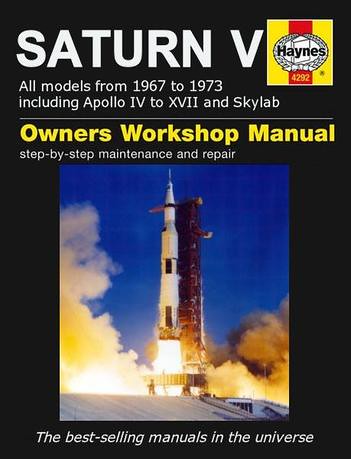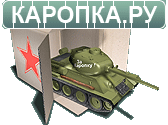Hi David
Following you work, your scratch-building is amazing.
Funny you should mention the Apollo programme, it's another interest of mine (being the greatest achievement in human history, in my view).
I'm re-reading the Haynes Saturn V Manual.............

..............great primer on a fantastic machine (or machines).
John Watts is in this incredible book on the remaining Apollo astronauts............. one of the best (and saddest in some ways) books, as the author tries to make sense of the whole programme and the surviving guys view of themselves.

Anyway, keep up the super model work.
Rob
Following you work, your scratch-building is amazing.
Funny you should mention the Apollo programme, it's another interest of mine (being the greatest achievement in human history, in my view).
I'm re-reading the Haynes Saturn V Manual.............

..............great primer on a fantastic machine (or machines).
John Watts is in this incredible book on the remaining Apollo astronauts............. one of the best (and saddest in some ways) books, as the author tries to make sense of the whole programme and the surviving guys view of themselves.

Anyway, keep up the super model work.
Rob





Comment